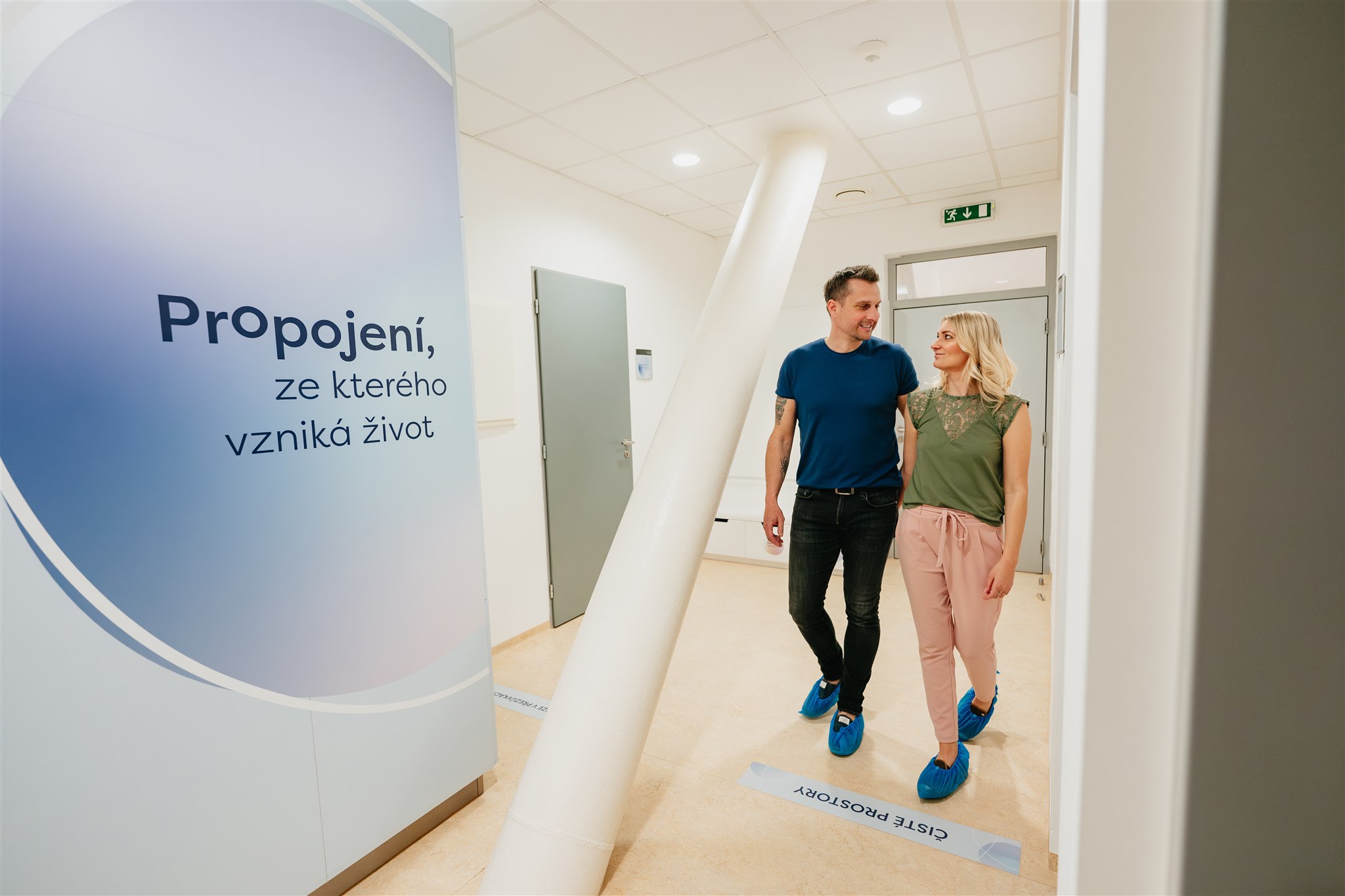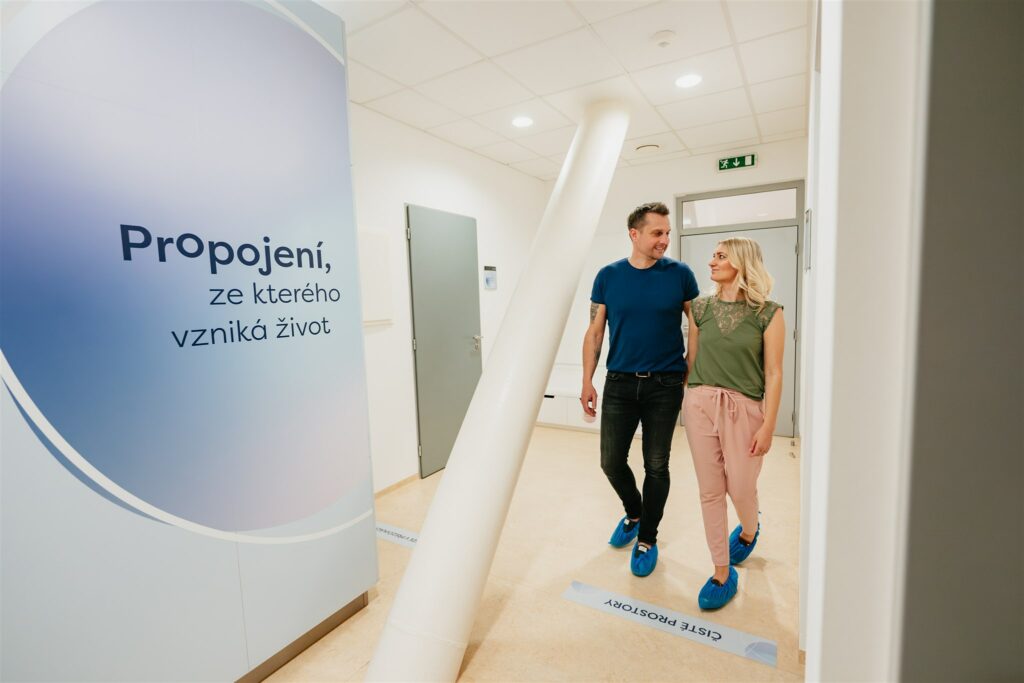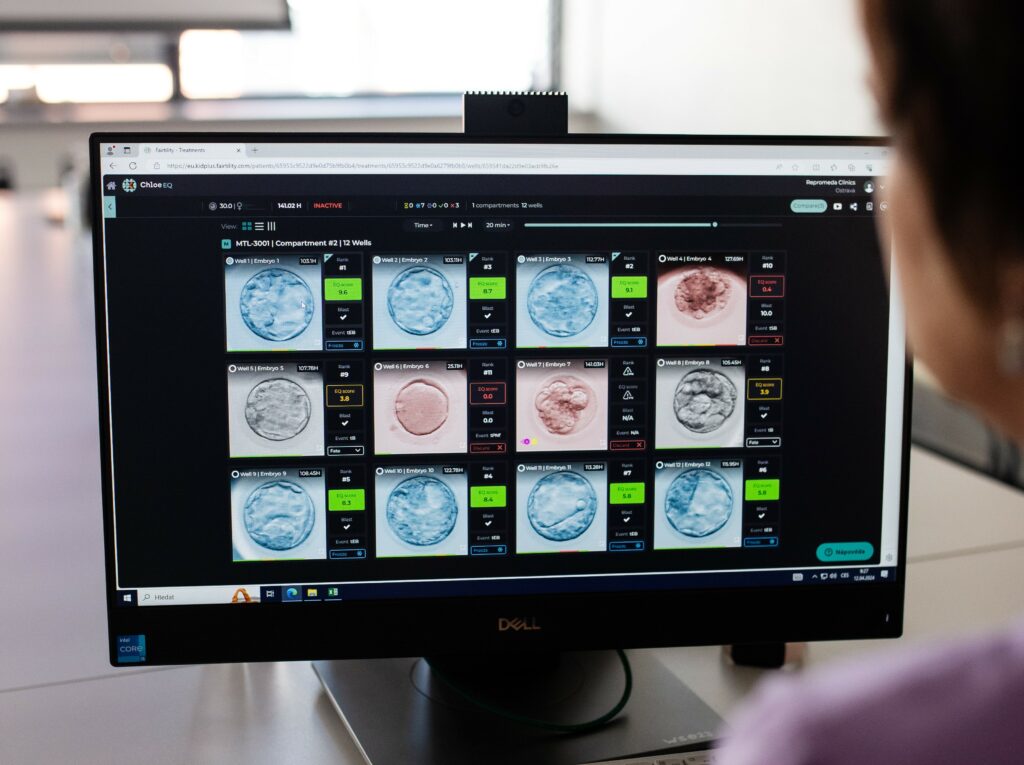Embryo transfer is the final step and the imaginary highlight of IVF treatment. Its success or failure will determine whether the longed-for two lines appear on the pregnancy test and the tummy will soon start to round. It is actually the transfer of the embryo created with the help of assisted reproduction into the woman’s uterus. What is the difference between a transfer and a frozen embryo transfer? What can you expect and how should you behave after the procedure?
Frozen embryo transfer is the new standard
After hormonal stimulation and egg retrieval, the next step in IVF treatment is embryo transfer. These are ideally implanted in the uterus at the blastocyst stage, i.e. on day 5 or 6 of their development. Previously, the so-called fresh transfer was primarily used. After culture in the laboratory, the embryo was prepared for transfer and only the remaining embryos were frozen. However, after the development of preimplantation genetic testing of embryos, freezing of embryos and subsequent frozen embryo transfer became the absolute standard. In this case, for reasons of time, FET is the only option. Genetic testing of embryos takes approximately three weeks.
When and how cryoembryo transfer is performed
Pre-implantation genetic testing for aneuploidy significantly increases the success rate of pregnancy, which is why we currently perform it in the majority of our patients. With this testing, we can select embryos with normal chromosome numbers for transfer to the uterus. That is, the embryo that has the highest chance of successful implantation and healthy embryos. Testing for monogenic diseases in turn allows us to select a healthy embryo without a specific genetic burden. Preimplantation genetic testing thus reduces the number of cycles needed to conceive and give birth to a healthy baby.
Another advantage of KET is the timing of the transfer until the woman’s next natural cycle. These are no longer burdened by the hormonal stimulation necessary to gain eggs. In the following cycles, we are thus usually able to achieve a better condition of the uterine lining to be ready to embrace the embryo.
What is the transfer process and should I be prepared for it?
We use a witnessing system to make the whole process safer. So before the transfer starts, we will check your identity against the QR code wristband you will receive at the reception. You can also watch the verification of the embryo’s identity and the entire transfer process, i.e. the insertion of the embryo through the catheter into the uterus, up close on the screen.
Unlike egg retrieval, which takes place under general anaesthesia, the transfer is carried out under full consciousness and is completely painless for the vast majority of women. So you can enjoy the whole moment with your partner to relaxing music and feel together the moment when a new life may just be being created. There is generally no need to prepare for the transfer. However, you can use acupuncture to help relax and support the subsequent nesting of the embryo.
What should I do after the transfer and how to know that the FET was successful?
After the embryo transfer, you should follow a resting regime. It is not necessary to lie in bed, but you should definitely avoid excessive physical activity. Do not lift heavy things and avoid taking hot baths or going to the sauna for a while. Simply relax, whether at home with a book, your favourite series or a walk.
Take a pregnancy test 14 days after your transfer. If it shows two marks, the test is positive and we will invite you for a blood test and an ultrasound. In the event of pregnancy, we will follow you in the clinic until the fetal heart event, after which we will refer you to your attending gynaecologist for pregnancy counselling. If, despite embryo attachment, you repeatedly fail, you and your doctor can consider other options. The problem may be caused by a uterine lining that may not be sufficiently prepared for the transfer. Tests to determine the optimal time for transfer can help.



